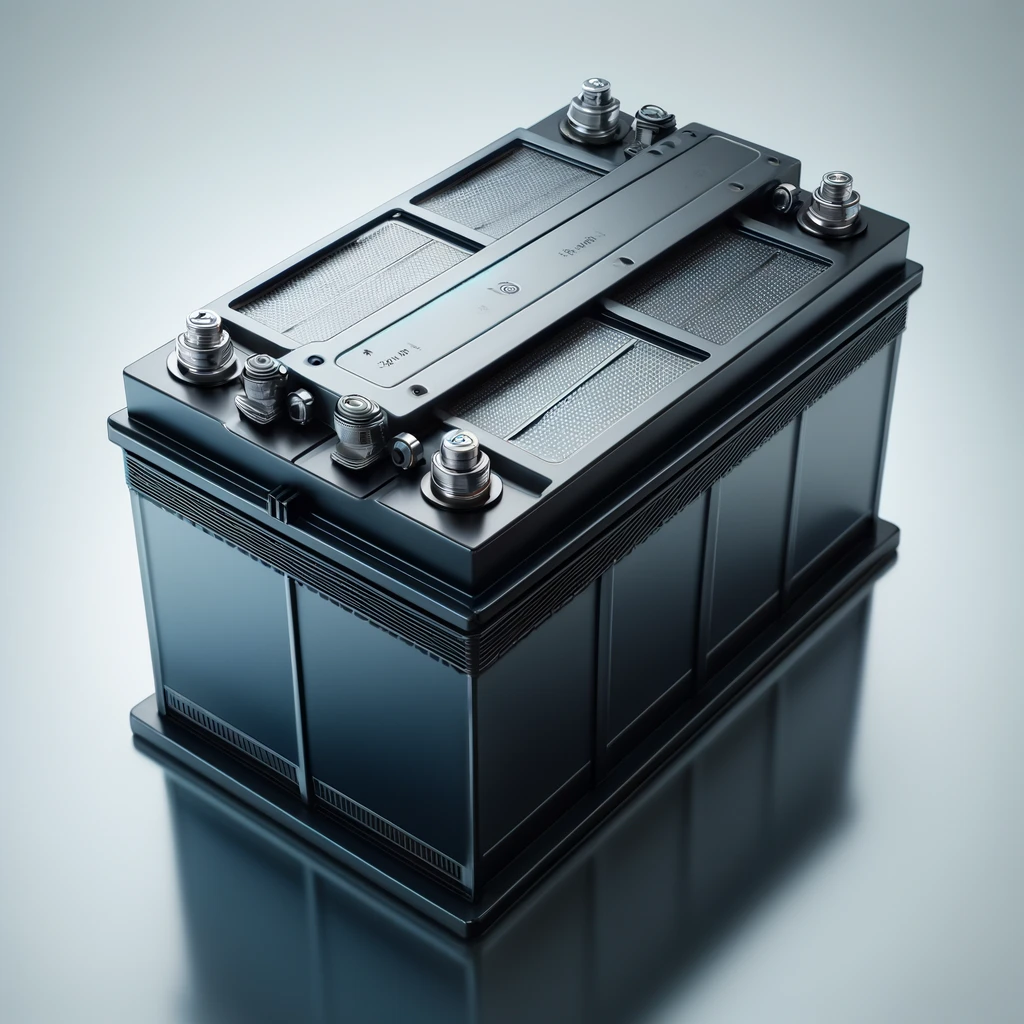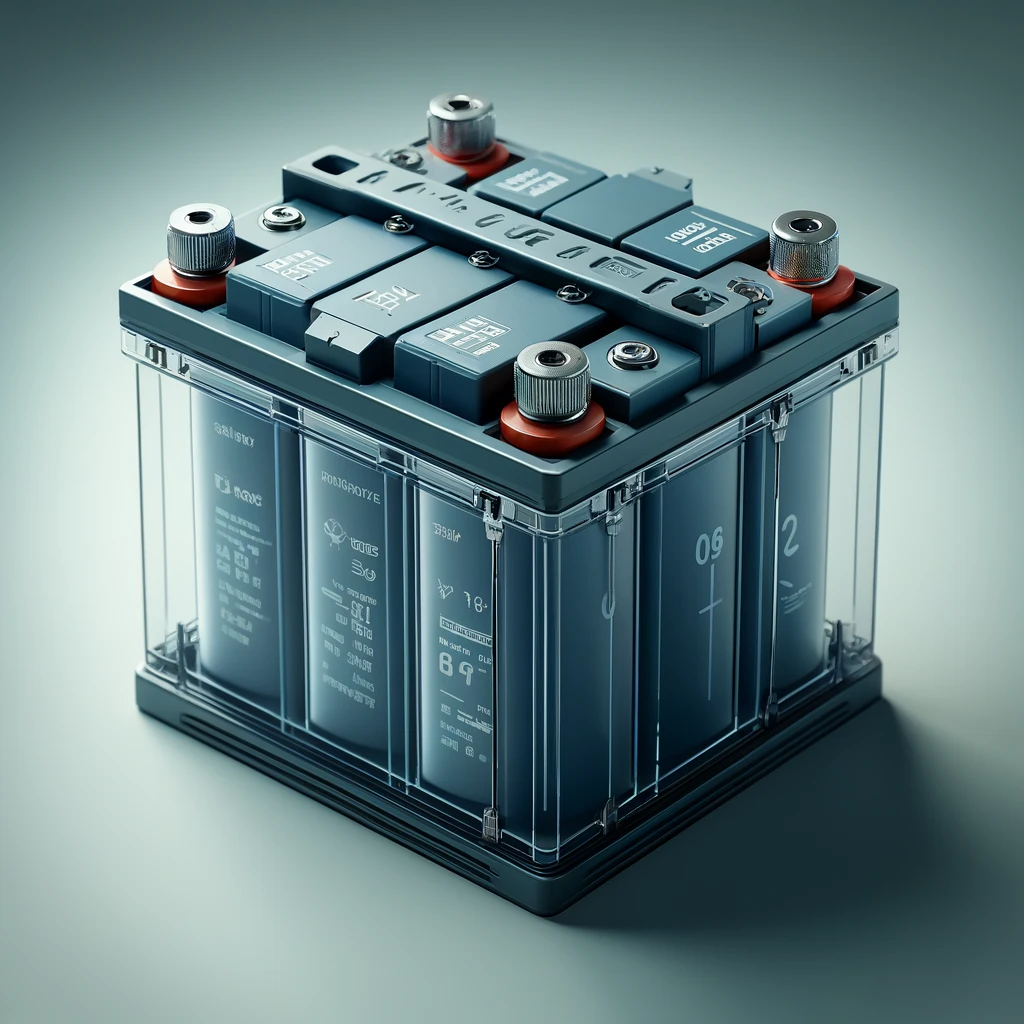Understanding Battery Technology: Tubular vs. Flat Plate Batteries
Ever heard the saying, “It’s what’s inside that counts”?
Nowhere is this more accurate than when choosing between tubular and flat plate batteries. The way these batteries are built on the inside significantly influences their performance, cost, maintenance needs, and suitability for various applications.
But, what does this look like in practical terms?
In this blog post, we’ll dissect what happens under these batteries’ covers. We aim to help you understand the differences between tubular and flat plate batteries. We’ll discuss their construction, advantages, disadvantages, performance under varying conditions, ideal applications, and additional factors to consider, like installation and environmental impact.
Did you know that in certain applications, the choice of battery type could make a noticeable difference in power supply reliability?
So, if you’re contemplating which battery to invest in, be it for renewable energy systems, industrial applications, or portable devices, read on.
Your perfect match might be just a few paragraphs away!

Table of Contents
Comparing Tubular and Flat Plate Batteries
What are Tubular Batteries?
Tubular batteries are often preferred for their robust nature and longevity. These batteries are designed uniquely: Inside each cell are tubes or compartments containing the active material – typically lead and acid.
Advantages of Tubular Batteries
- Long Life Span: Tubular batteries are known for their durable nature, extending their lifespan beyond that of regular batteries. They can withstand frequent charge and discharge cycles.
- Low Maintenance: These batteries are relatively easy to maintain due to their robust internal structure.
Disadvantages of Tubular Batteries
- Cost: The drawback to tubular batteries is their cost. Building these durable batteries requires more quality materials, resulting in a higher price tag.
- Size: Tubular batteries often have a larger size compared to other types, which might not be suitable for all applications.
What are Flat Plate Batteries?
Flat plate batteries, another type of lead-acid battery, are made up of positive and negative plates that are flat (thus the name). These plates are immersed in acid inside a battery cell to store and release power.
Advantages of Flat Plate Batteries
- Affordability: Flat plate batteries are typically more affordable than tubular batteries, making them a popular choice for more cost-sensitive projects.
- Quick Charging: These batteries have a shorter charging period compared to their tubular counterparts.
Disadvantages of Flat Plate Batteries
- Shorter Life Span: Flat plate batteries generally have a shorter life span than tubular batteries, primarily if used in demanding conditions.
- Regular Maintenance: These batteries require ongoing maintenance to ensure they run efficiently, which could add to total ownership costs.

Which Battery is Better?
The decision between tubular and flat plate batteries largely hinges on two factors: the application’s demand and budget. Here is a simple comparison table to guide your decision:
| Tubular Battery | Flat Plate Battery | |
|---|---|---|
| Life Span | Long | Short |
| Cost | High | Low |
| Size | Large | Small to Medium |
| Maintenance | Low | Regular |
In conclusion, the choice between a tubular and flat plate battery will depend on the specifics of your project. Both types have their unique characteristics that make them suitable for different purposes.
You must consider the load requirements, duration of use, budget constraints, and space availability when choosing the most suitable battery for your operation.

Deeper Dive: Performance of Tubular vs Flat Plate Batteries
To make an informed decision when choosing between tubular and flat plate batteries, it’s essential to consider their performance in different conditions.
Performance of Tubular Batteries
Given their rugged internal structure, tubular batteries show excellent reliability under harsh conditions. This includes high ambient temperatures and continuous power loads.
Performance in High Temperatures
- Heat Resistance: Tubular batteries have a higher heat tolerance compared to flat plate batteries due to their design and material, making them suitable for hotter environments without compromising performance.
- Efficiency: Even under high temperature, tubular batteries retain their efficiency, ensuring reliable power source whenever required.
Performance under Continuous Load
- Stability: Tubular batteries offer a consistent power output during long periods of use, making them ideal for applications that require continuous power.
- Discharge Depth: They can sustain deep discharge cycles without severe damage, thereby providing longer service life even under heavy load applications.
Performance of Flat Plate Batteries
Flat plate batteries, on the other hand, outperform in terms of charging time and initial cost, but they may fall short under demanding conditions.
Performance during Charging
- Fast Charging: Flat plate batteries are capable of receiving a fast charge due to their plate design and composition, thereby reducing downtime and increasing operating efficiency.
- Economy: Their cost efficiency during the initial purchase becomes evident, especially when there is a requirement for a large battery bank.
Performance under Frequent Cycling
- Variability: Flat plate batteries show reduced performance with frequent charging and discharging cycles, which may significantly shorten their lifespan.
- Decreased Capacity: Over time and under frequent cycling, flat plate batteries may suffer from capacity loss, potentially reducing the achievable operating time per charge.

Ideal Applications for Each Battery Type
Understanding the primary application can help match the correct battery technology to the need, optimizing both performance and cost parameters.
Best Uses for Tubular Batteries
Owing to their long lifespan and reliability, tubular batteries are the preferred choice for:
- Renewable Energy Systems: These batteries can withstand the heavy cycling associated with solar or wind power systems.
- Industrial Applications: Their robust nature makes them ideal for powering heavy machinery or emergency backup power systems.
Best Uses for Flat Plate Batteries
If fast charging and cost effectiveness are a priority, flat plate batteries can be an appropriate choice for:
- Automotive Use: Their fast charging capabilities and light weight make them suitable for vehicles.
- Portable Devices: Their compact size, light weight and cost efficiency make them appealing for portable electronic devices.
In terms of battery technology, both tubular and flat plate offer advantages, but the choice ultimately comes down to the application’s requirements, budget, and performance needs. Each technology has unique attributes that make them ideal for specific uses.
Additional Factors to Consider
When making a choice between tubular and flat plate batteries, certain factors beyond cost, performance, and application should be taken into account.
Installation and Physical Configuration
When considering the physical parameters of battery installation, tubular and flat plate batteries present different challenges.
Tubular Batteries
- Storage Space: Due to their larger size, tubular batteries often require ample storage space.
- Installation Complexity: Tubular batteries are heavier and could pose a challenge during the installation process.
Flat Plate Batteries
- Space-Efficient: Because they are generally more compact, flat plate batteries may fit more conveniently into smaller spaces.
- Easier Installation: Being lighter, they can be more easily handled and installed.
Sustainability and Environmental Impact
Like any technology, tubular and flat plate batteries have different environmental footprints.
Tubular Batteries
- Longevity: Their extended lifespan indicates fewer battery replacements over time, reducing waste.
- Recyclability: Tubular batteries are highly recyclable, contributing to sustainability efforts.
Flat Plate Batteries
- Frequent Replacement: Given their shorter lifespan, flat plate batteries may need frequent replacements, generating more waste.
- Recyclability: Although flat plate batteries are also recyclable, their frequent replacement might create more waste overall if not responsibly managed.

Tailoring Your Battery Choice
Choosing between tubular and flat plate batteries is not a matter of superiority, but rather suitability to specific requirements. It is critical to align your choice of battery technology with your specific needs, the operating environment, and long-term objectives.
Tailoring Tubular Battery Use
Tubular batteries can be a great fit for projects that:
- Demand steady, reliable power over a long period.
- Experience high heat or severe conditions.
- Have ample installation space.
- Value sustainability through longer battery lifespan and recyclability.
Tailoring Flat Plate Battery Use
Flat plate batteries can be an effective choice for applications that:
- Require fast charging and shorter recharge cycles.
- Benefit from a compact and lightweight battery solution.
- Have a tighter budget but need a strong initial charge capacity.
Every operational challenge comes with unique needs and considerations. Choosing the right battery technology can ensure efficient power supply, cost-effectiveness, and high operational performance, whether working with renewable energy, industrial applications, automotive uses, or portable devices.

The Life of a Tubular Battery
While the aforementioned sections provide a clear comparison between tubular and flat plate batteries, it’s crucial to take a closer look at the life span of a tubular plate battery. This is important when considering long-term performance and cost-effectiveness of your battery choice.
Defining Battery Life span
The life span of a battery designates how long it can continue to perform its intended function before reaching the end of its life. This is generally a factor of the number of complete charge-discharge cycles a battery can undergo before its capacity drops to a predefined level, often 80% of its rated capacity.
Why is Life Span Crucial?
- Cost-over-Time: While a battery with a longer life span may have a higher upfront cost, it can be more cost-effective in the long run due to fewer replacements needed.
- Reliability: A longer life span can also mean higher reliability, particularly in applications such as emergency power systems, where battery failure isn’t an option.
Life Span of a Tubular Battery
Tubular Batteries are known for their extended longevity in the world of batteries. So, what is it that gives them a longer life span?
Structure and Design
- Tubular Design: The unique tubular structure of the battery makes it resistant to corrosion, a major factor affecting the lifespan of many batteries.
- Active Material: The active material in the tubes (usually a mix of lead and acid) is highly compressed, reducing the shedding of active materials. The reduced shedding results in a longer battery life span.
Optimized Chemical Reaction
The chemical reactions in batteries are what enable them to store and discharge energy. In tubular batteries, these chemical reactions are optimized to prolong the battery’s life span.
- Deep Discharging: Tubular batteries are designed to withstand deep discharges on a regular basis without significant injury, allowing for more continual cycles.
- Sulphation Prevention: Tubular batteries can better withstand sulphation, a common cause of battery failure, thus enhancing their life span.
How to Extend the Life of Your Tubular Battery
While tubular batteries inherently have a longer life span due to their design, there are best practices to ensure you maximize this trait.
Proper Maintenance
- Regular Checks: Despite requiring less maintenance than other battery types, regular checks on tubular batteries can help prolong their life span. This includes checking the electrolyte level and topping it up when required.
- Cleanliness: Keeping the battery clean is essential to prevent conductive soot formation, which could lead to battery self-discharge.
Appropriate Charging
- Charge Level: Ensuring that the batteries are not excessively overcharged or undercharged can extend the overall longevity of the battery.
- Quality Charger: Using a good quality charger that follows an appropriate charging algorithm is crucial in maintaining the battery’s health.
Life Span in Comparison to other Battery Types
In comparison to other battery types like flat-plate or sealed batteries, tubular batteries typically have a higher life span.
| Tubular Battery | Flat Plate Battery | |
|---|---|---|
| Life Span | 5-10 years under optimal conditions and usage | 3-5 years under optimal conditions and usage |
Tubular batteries thus provide an excellent choice for applications seeking a long-term, reliable battery solution. Understanding the life of a tubular plate battery can indeed influence decision-makers to consider tubular batteries for their impressive longevity coupled with robust performance across varied conditions.
Wrapping it up: Tubular vs Flat Plate Batteries
In summary, both tubular and flat plate batteries bring their unique advantages to the table. While tubular batteries offer excellent longevity, robust performance, and sustainability, being more heat-tolerant and suitable for heavy load applications, flat plate batteries shine in areas of cost-effectiveness, fast charging, and compact design.
The choice between the two largely depends on the specific application requirements, available budget, and operational environment. It’s crucial that potential buyers take into consideration all these factors, alongside the maintenance aspects and expected lifespan of the battery, to make a well-informed decision that suits their needs best.
FAQ
Are tubular batteries better than flat plate batteries?
Neither is outrightly ‘better’ than the other. The choice depends on your specific needs and situation. While tubular batteries are more durable and have a longer lifespan, they are also more expensive and larger in size. Flat plate batteries, on the other hand, are more affordable, charge faster, and are compact, but have a shorter lifespan and require regular maintenance.
How long do tubular batteries last?
Under optimal conditions and usage, tubular batteries typically have a lifespan of 5-10 years.
What are some common applications for each battery type?
Due to their robust nature and longevity, tubular batteries are often used in renewable energy systems and industrial applications. Flat plate batteries, with their fast charging capabilities and affordability, are commonly used in vehicles and portable electronic devices.
How do tubular batteries perform under high temperatures?
Tubular batteries are known to have a higher heat tolerance and maintain their efficiency even under high temperatures, making them well-suited to hotter environments.






